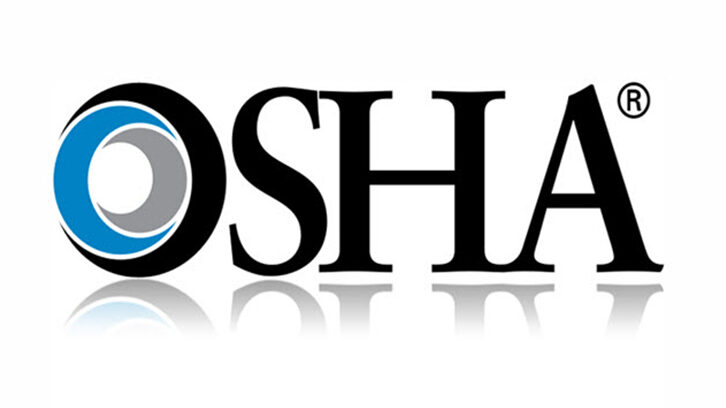Today, in a decision sure to send waves throughout the EHS space, OSHA published a long-awaited final rule strengthening permissible exposure limits (PELs) for respirable crystalline silica. The announcement comes on the heels of a March 21 approval by the OMB Office of Information and Regulatory Affairs, and after an almost 3 year rulemaking and public comment process. OSHA says it believes the new rule will save more than 600 lives, and prevent 900 new silicosis cases each year.
OSHA reports that 2.2 million workers are exposed to respirable crystalline silica each year. The vast majority of exposed individuals, nearly 1.85 million, are employed in the construction industry. Respirable crystalline silica, or silica dust, is generated by cutting, grinding, crushing, or drilling silica-containing materials like concrete, masonry, tile, and rock. Exposure to silica dust has been positively linked to a long list of respiratory ailments and other health disorders. No treatment currently exists for silicosis, and OSHA has largely relied on prevention measures to reduce risk to exposed workers.
Under the previous PELs, cancer rates of exposed workers were between 11 and 54 cases per 1,000 exposed workers annually. The cancer rates for construction and shipyard employees were closer to 24-657 per 1,000 employees. OSHA estimates that under the new limits, those rates will fall to between 5 and 23 cases per 1,000 exposed individuals.
Until today, OSHA had been enforcing PELs established in 1971, despite the fact that NIOSH had recommended PELs equal to the newly released standard as early as 1978. The new rule contains two amended standards, one for the construction industry and the other for general industry and shipyard workers. Companies in these industries must comply with a number of requirements, including:
- PELs for respirable crystalline silica will be lowered to 50 µg/m3. (The previous standard for general industry was 100 µg/m3, and 250 µg/m3 for construction and shipbuilding.)
- Employers will be required to implement engineering controls and provide PPE to achieve compliance under the new limits, and to develop a written exposure control plan.
- “Highly exposed” workers must be offered free medical exams and given information about lung health.
- Workers must be trained on silica risks and controls.
Barring any unforeseen delays, the new rule will go into effect at different times for different industries. Employers in the construction industry have until June 23, 2017 to comply, while General and Shipyard industries have until June 23, 2018. A special extension is provided for hydraulic fracturing operations, which also have until June 23, 2018, except for engineering controls in that industry, which are exempt until June 23, 2021. OSHA says it believes that staggering the compliance deadlines will “ensure employers have sufficient time to meet the requirements.”
OSHA added that OSHA-approved State Plans have 6 months from today to implement standards that are at least as stringent as the new federal requirements.
“This rule will save lives,” said U.S. Secretary of Labor Thomas Perez in a prepared statement about the new rule. “It will enable workers to earn a living without sacrificing their health. It builds upon decades of research and a lengthy stakeholder engagement process — including the consideration of thousands of public comments — to finally give workers the kind of protection they deserve.”
Today’s announcement was met with measured resistance by some industry groups and associations who point to a 2014 American Chemistry Council (ACC) report estimating the overall economic impact of the new standards at almost $5.5 billion, and claimed they would cost industry upwards of $30 million in lost output over 10 years and eliminate 170,000 jobs. Many critics of the rule also argue that the new standards are not necessary because companies have successfully protected their workers under the current permissible exposure limits, and that current PELs were not being enforced by OSHA inspectors.
While still in the early stages, it’s an ideal time to start thinking long-term about how to prepare for the potential impact of this new rule in your workplace. VelocityEHS will continue to be a resource for companies seeking more information. Though specifics of the new silica worker training requirements are still forthcoming, our expert-reviewed on-demand workplace trainings provide several courses related to protecting worker health, including Respiratory Protection Training. More information on updates to the rule, whenever it becomes available, will be posted here in this blog.
